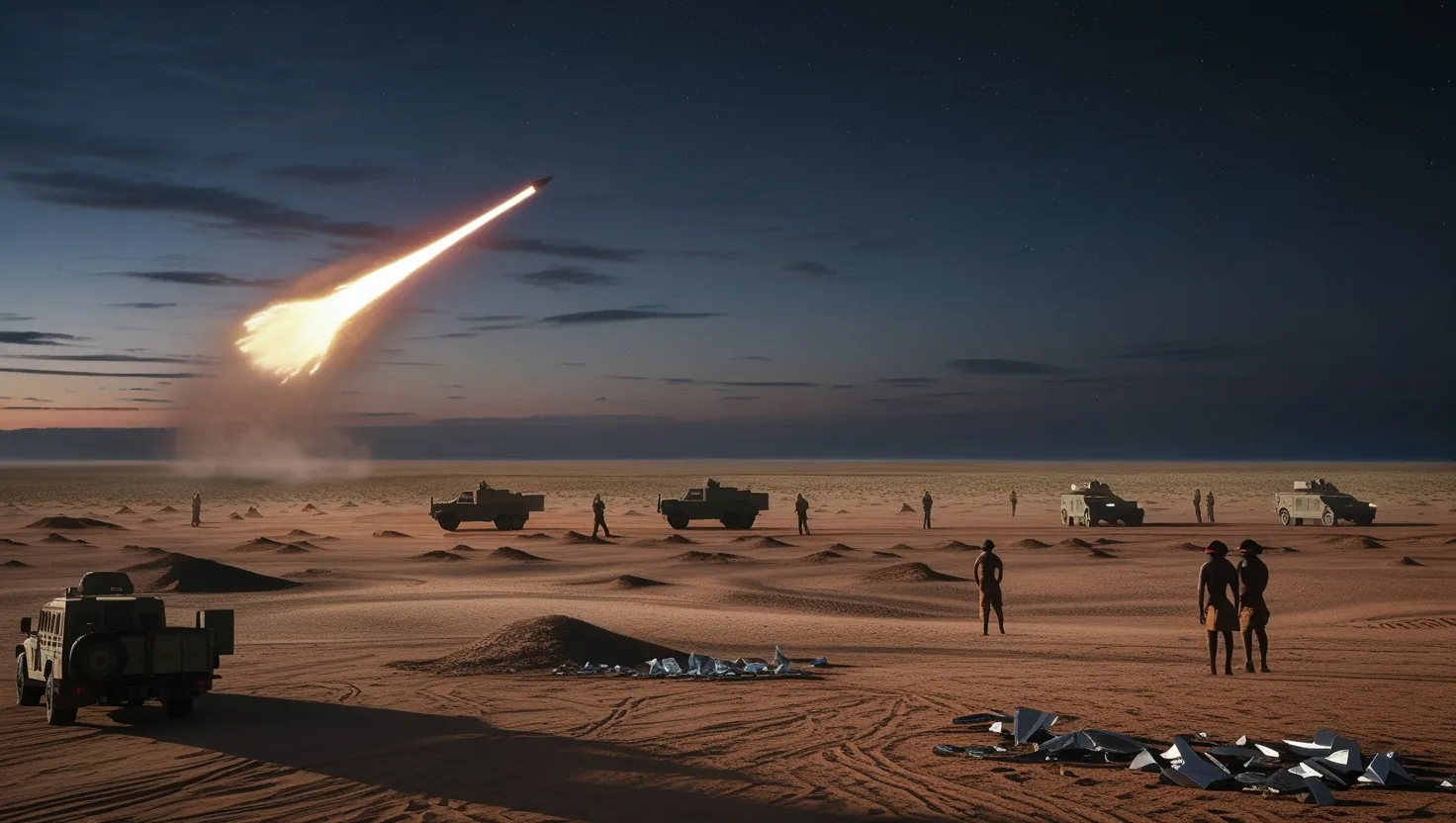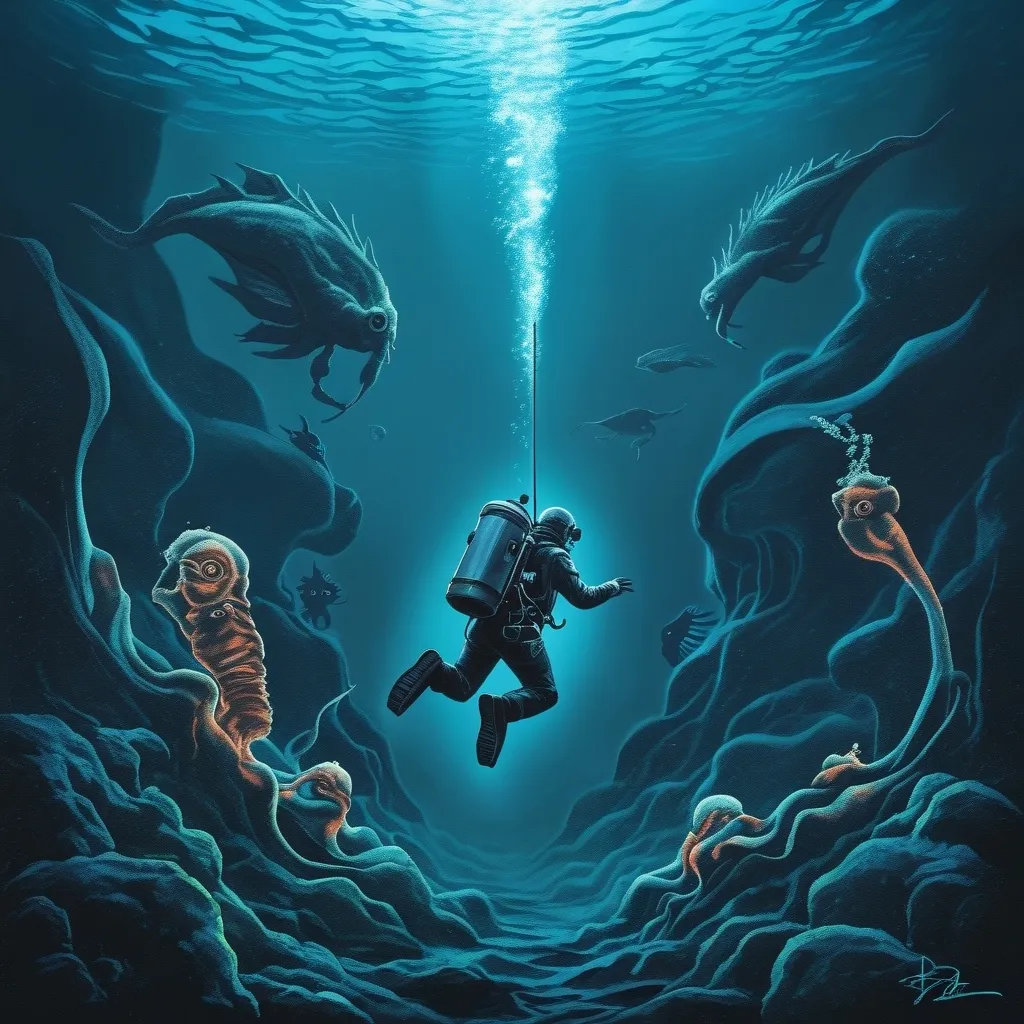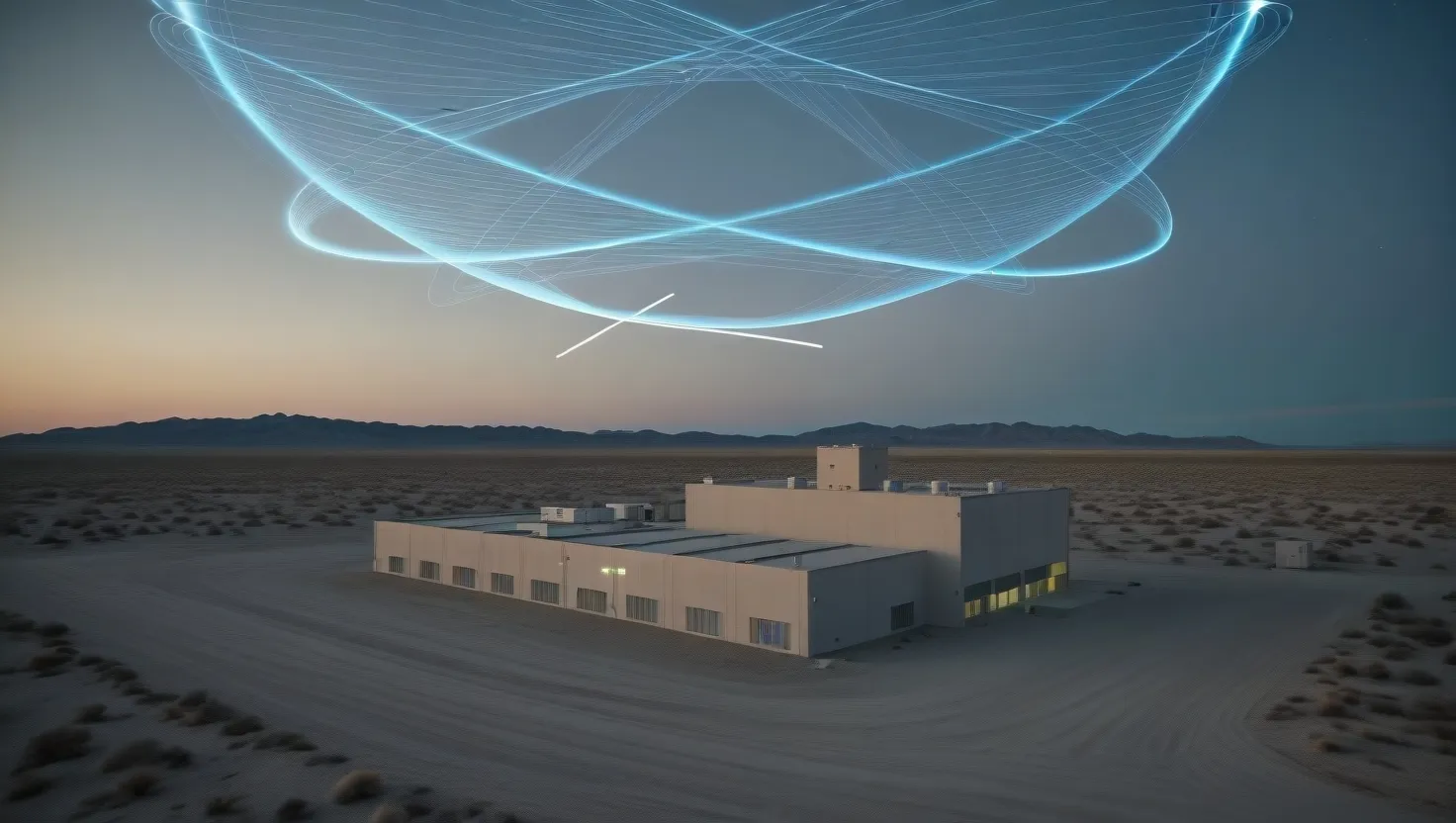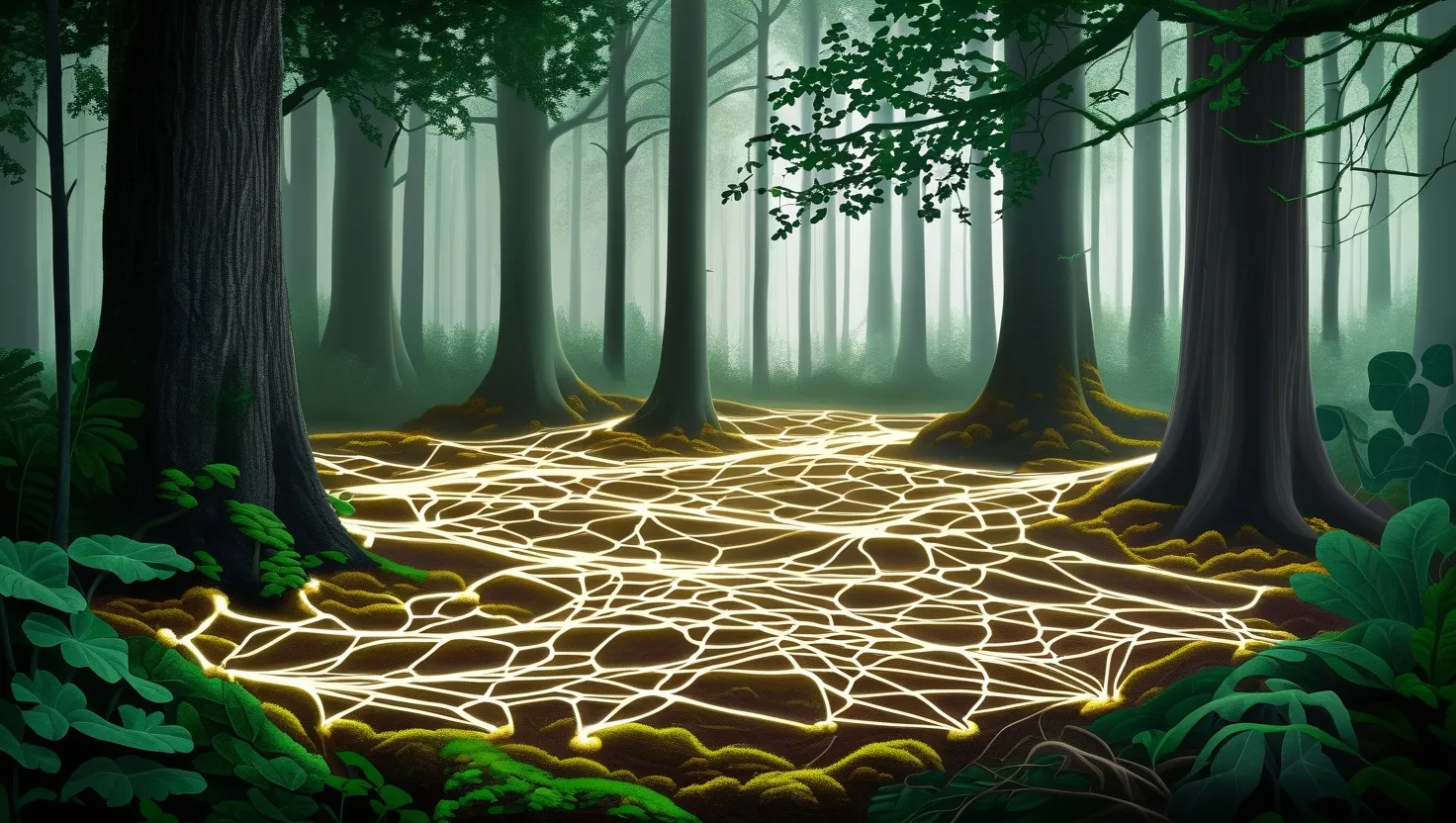If you stood in the chill predawn stillness of the Great Victoria Desert in March 1954, you might have seen the tail of a fireball rip the dark, watched as it vanished somewhere near Kalgoorlie, and then wondered if you’d seen just another piece of cosmic pottery splinter against the vast outback. I’ve often thought about what those first eyewitnesses felt—astonishment, a dash of fear, maybe the electric sense that something out of the ordinary had just taken place. But if this was an ordinary meteor, why, just hours later, did military trucks roll into the bush, and why did the air of routine slip so quickly into secrecy?
“Not only is the universe stranger than we imagine, it is stranger than we can imagine.” That line by J.B.S. Haldane feels particularly apt when I examine the riddle of the Kalgoorlie incident. On paper, the official records lock the story down as a simple meteorite recovery. It’s neat, it’s expected, and it belongs to science. That would be the end—if not for a string of peculiarities that refuse to line up.
I find the military’s swift and specialized response fascinating. Three weeks of quarantine over a desert patch raises an eyebrow, but it’s the choice of personnel that’s really curious. Metallurgists, army engineers, geophysicists—hardly the Sunday roster for picking up space rocks. I keep circling back to the nature of the fragments themselves: metal that stayed cold to the touch, even beneath sun that could fry an egg on your dash. Aboriginal trackers spoke about colors shifting as the fragments faced daylight. A few laboratory reports in university files hint at isotopic fingerprints that don’t fit anything catalogued from known meteorites. Once, while combing through a retired geologist’s work, I came across a scribbled note: “Lattice structure unlike any previously encountered. Feels manufactured, not natural.” That’s not amateur curiosity—that’s someone whose career was spent with stone and ore, startled by what he held in hand.
At times, I step back and ask: Was Kalgoorlie just a victim of Cold War paranoia? The 1950s in Australia were anything but calm. Joint US-Australian missile tests carved secret corridors through that desert; Woomera was a site wrapped in government hush. Is it possible that wreckage from an experimental craft—perhaps a secret drone, perhaps something more advanced—was downed and rapidly cleaned up? Eyewitness stories of aircraft shadowing the descending light nudge the mind in this direction. The timeline fits; the location makes sense; the silence from officialdom is its own clue.
But what about the counter-evidence? Meteorite specialists later reviewed museum collections, optimistic for a trophy from that night, and found only minor anomalies. Not a single fully documented fragment has made its way to the public or academic record in the same way you’ll find pieces of the Murchison or Mundrabilla meteorites. The pattern is familiar: first a flash, then a flurry of interest, then fragments and facts dry up.
Why do I think so many details were deliberately sutured out of view? I’m drawn to declassified files from the era. Project names, vague references to “retrieval operations,” and footnotes about aerial objects tracked before descent. None of them admit to anything dramatic outright, but when cross-referenced with international UFO reports—it was, after all, a year buzzing with stories from France to Africa to North America—Australia’s refusal to wave off its “meteor” seems ambitious. Careful, even.
The real intrigue, for me, sits in the intersection between evidence and interpretation. When a group of Aboriginal trackers talks of metal that doesn’t behave as earthly matter should, I’m inclined to listen. These are people whose environment is their teacher. In meetings with them much later, a few described subtle physical effects—compasses spinning, batteries drained, even a temporary fading of colors in local plants near the impact site. Coincidence or consequence? There’s no way to say for sure.
Let me throw a question to you: If a material landed in your backyard that no one can identify, and the people tasked with studying rocks are also wearing military uniforms, what would you think? Would you accept the official line, or would you look around, listen to the absence of birds, watch the sky at night a little more warily?
A line from Arthur C. Clarke comes to mind: “Any sufficiently advanced technology is indistinguishable from magic.” I often wonder if the world of 1954 was shown something it had no words for. Sometimes, silence is simply the measure of confusion.
I’ve read testimonies from remote prospectors who claim their radios inexplicably clogged with static the morning after. Others recall hearing low, persistent humming over the horizon, soft enough to dismiss but strange enough to be retold decades later. Even the local police found themselves kept at the edge of operations, allowed only secondhand detail and left with paperwork marked “confidential.”
Let me ask: Why does Australia, a place with a rich legacy of meteorite falls, hold so few pieces from an event supposedly so significant? Meteorites build museums and careers. Their isotopic anomalies excite geophysicists, and yet in this case, the trail goes cold—literally, if we trust the hands-on accounts.
Over the years, conspiracy and skepticism have danced together in the Kalgoorlie story. I’ve chased letters from astronomers, pored over army memos, compared them to stories on both sides of the Pacific. Some say the event was the crash of a secret Cold War reconnaissance drone, perhaps one too advanced for its time, or a failed missile lost in a storm. There’s no shortage of theories. Some are wild—alien craft, government coverup, silent weapons tests. Others are more pedestrian—a meteorite, yes, but one with peculiar chemistry. The lack of certainty is, I suspect, more frustrating to those who crave a tidy narrative than it is to those of us willing to live with questions.
Carl Sagan famously remarked, “Absence of evidence is not evidence of absence.” That sentence fits Kalgoorlie perfectly—a strange event with missing artifacts, scattered stories, and the sand quietly swallowing it all.
What keeps me returning to Kalgoorlie’s sandy chapter, after all these years and reports and digressions, is less about the shape of the wreckage and more about the shape of what’s missing. A culture’s response to an enigma can tell you as much about its anxieties and ambitions as the facts themselves. Why the blanket of secrecy? Why don’t the archives square with the legend? When soldiers, scientists, and indigenous trackers all leave with part of the story, but few are allowed to compare notes, you can’t help but suspect that the official file is thin for a reason.
The memory of the Kalgoorlie event persists because, like all lasting puzzles, it refuses easy answers. Was it an early chapter in covert aerospace history? A fragment from beyond the Earth, rare enough to baffle experts? Or was it, as many hope, something entirely outside our technological or natural understanding? My biggest takeaway: genuine mysteries aren’t always ham-fisted cover-ups—they’re often complex, messy, requiring us to live for a while in the tension between what we want to believe and what the facts (or their absence) can support.
I encourage any reader, especially those with a taste for the unknown, to interrogate the silences. Don’t settle for one account, even this one. Ask yourself: If this had happened in your own community, how would you remember it? Would you let it become local legend, or would you keep searching, hoping the next unearthed scrap or declassified note tips the scales toward understanding? As Einstein put it so succinctly, “The most beautiful thing we can experience is the mysterious. It is the source of all true art and science.” I suspect the truth of Kalgoorlie, whatever it is, lies somewhere between the spectacle of fact and the patience of curiosity. And perhaps that’s exactly where it belongs.






